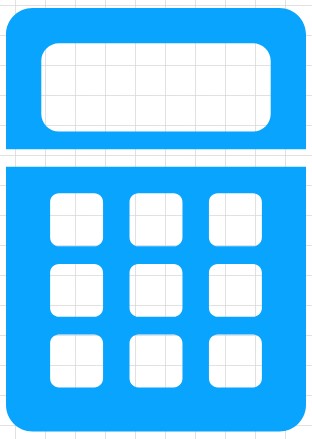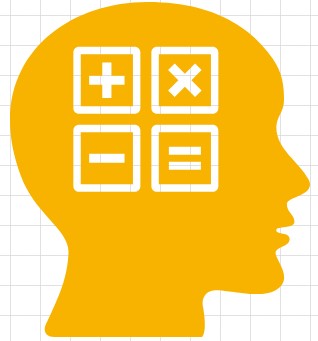The floor function, often represented by the notation ⌊x⌋ is a simple yet foundational concept in mathematics. At its core, the floor function returns the greatest integer less than or equal to a given number. In other words, it “rounds down” any given number to its nearest whole number. This is in contrast to the ceiling function, which rounds a number up to the closest integer. Understanding the intricacies of the floor function can provide insight into many areas of mathematics and its applications.
Origins and Notation
The origin of the floor function lies in number theory and set theory. While the idea of rounding has been around for centuries, the formalization and notation of the floor function have been relatively modern developments. Mathematicians introduced the notation ⌊x⌋ due to its intuitive representation of “dropping” a number down to its nearest whole value. The visual representation of the symbols does, to some extent, mimic the function’s purpose, making it easier to remember and comprehend.

Practical Applications
While it may appear as just a rudimentary mathematical concept at first glance, the floor function finds utility in a wide array of applications:
- Computer Science: One of the foremost areas where the floor function plays a crucial role is in computer science, particularly in algorithms and data structure. For instance, when dealing with arrays, finding the middle element often requires using the floor function to ensure you get a whole number index. Similarly, many algorithms in graphics, data processing, and cryptography use the floor function to handle decimal or floating-point values.
- Physics and Engineering: Engineers and physicists often work with real-world data that may have decimal values. When designing components or predicting outcomes, they sometimes need to round down measurements or values. Here, the floor function comes into play, ensuring that the derived values are realistic and feasible.
- Finance and Economics: The floor function can also be spotted in the realm of finance and economics, especially when dealing with discrete units. For instance, when distributing assets or resources, one cannot split a unit beyond its smallest denomination (like dividing a physical coin). The floor function ensures values are kept whole in such distributions.
- Arts and Graphics: Surprisingly, even in the domain of arts, the floor function has its place. When working with digital graphics or pixel-based art, artists often need to ensure whole number values for pixels. In generating patterns, textures, or digital manipulations, the floor function helps maintain the integrity of the artwork.
Properties and Characteristics
Understanding the mathematical properties of the floor function is essential for its effective application. Here are some of its fundamental properties:
- Idempotent: For any integer x, ⌊x⌋ = x. This property means that if the input to the floor function is already an integer, the output will be the same number.
- Linearity: For any real number x and any integer n, ⌊x + n⌋ = ⌊x⌋ + n. This highlights the linear behavior of the function when adding integers.
- Multiplicative Inequalities: For real numbers x and y, ⌊x⌋ x ⌊y⌋ is always less than or equal to ⌊x x y⌋

Check out our rounding calculator
Comparisons with Related Functions
The floor function has close relatives in mathematical rounding, namely the ceiling function and the nearest integer function. As mentioned, while the floor function always rounds down, the ceiling function, denoted by ⌈x⌉ always rounds up to the closest integer. The nearest integer function, on the other hand, rounds to the closest integer, whether it’s up or down, based on the decimal part.
Summary
The floor function is a mathematical concept that exhibits depth in its simplicity. Its widespread applications across disciplines underscore its importance. From the realms of advanced computer algorithms to the subtleties of digital artistry, the function serves as an essential tool. By understanding its properties and nuances, one can leverage it more effectively in various scenarios, be it theoretical challenges or practical problems.